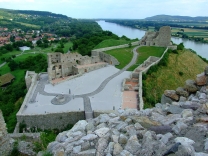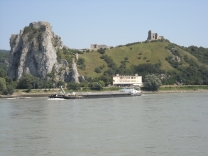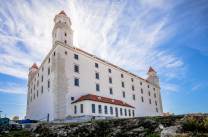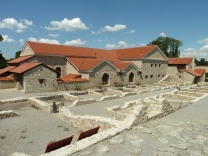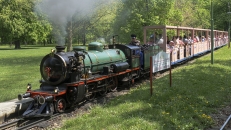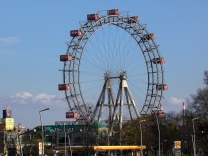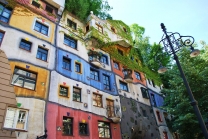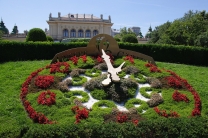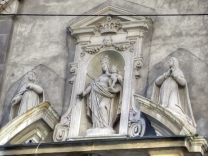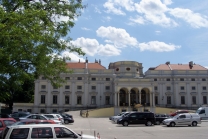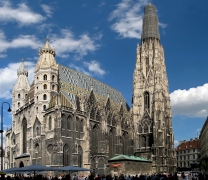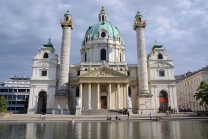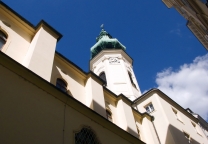Devín Castle
No video yet
Devín Castle
Devín Castle (Slovak: hrad Devín [ˈɦɾad ˈɟɛʋiːn] or Devínsky hrad [ˈɟɛʋiːnski ˈɦɾat], Hungarian: Dévényi vár, German: Burg Theben) is a castle in Devín, which is a borough of Bratislava, the capital of Slovakia.
Description
The site has been settled since the Neolithic Age and fortified since the Bronze and Iron Age and later by Celts and Romans.
The cliff (elevation 212 meters) is an ideal place for a fort due to its position at the confluence of the Danube and Morava rivers. The fort watches over an important trade route along the Danube as well as one branch of the Amber Road.
Devín CastleThe castle stands just inside Slovak territory on the frontier between Slovakia and Austria. The border runs from west to east along the Morava River and subsequently the Danube. Prior to 1989, the Iron Curtain between the Eastern Bloc and the West ran just in front of the castle. Although the castle was open to the public, the area surrounding it constituted a restricted military zone, and was heavily fortified with watchtowers and barbed wire. After the Velvet Revolution the area was demilitarised.
The most photographed part of the castle is the tiny watchtower, known as the Maiden Tower. Separated from the main castle, it balances perilously on a lone rock and has spawned countless legends concerning imprisoned lovelorn daughters leaping to their deaths.
Inside the castle is a sprawling landscape of walls, staircases, open courtyards and gardens in various states of disrepair. A restoration project is ongoing since the end of World War II.
Etymology
It was supposed that the name of the castle is derived from the old Indo-European/Proto-Slavic stem deiv- with apophony doiv- related to light and visual perception. Devín, Divín, Devinka, Divino, Dzivín and similar Slavic names can be interpreted as watchtowers or observation points. The same root related to vision can be found also in the word div (evil spirit) thus meaning "the place of evil spirits". According to the newer research from 2014, we know that the name Devín, originally written as Dowina, is an old Slavic...


